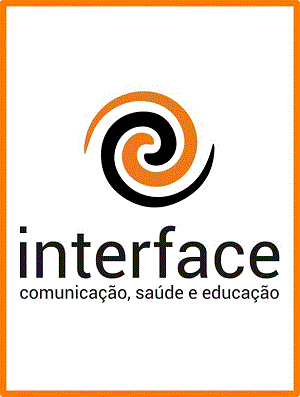Este artículo presenta y discute resultados de la encuesta cualitativa sobre la relación médico-paciente en la pericia médica de la Seguridad Social. La encuesta analizó una muestra (n=79) de registros de la Defensoría de la Seguridad Social, conteniendo reclamaciones sobre el trabajo médico de pericia. La relación médico-paciente, en el campo de la previsión social, se realiza por medio de un ajuste a la norma, un desplazamiento en el espacio terapéutico médico-paciente, instrumento de la operación de control para acceso a los beneficios por discapacidad. Las disfunciones en esa interfaz de control resultarían de la práctica de esos límites, de la forma en que ellos están colocados. La seguridad social fue entendida como biopolítica y la actividad médico-pericial como expresión de biopoder, en los términos de la filosofía política de Michel Foucault. Discutir la Seguridad social significa aclarar sus supuestos de seguridad y no desconocer el carácter instrumental que las prácticas médicas asumen en sus engendramientos de seguridad.
Bioética; Biopolítica; Previsión Social; Medicina Legal; Relaciones médico-paciente
